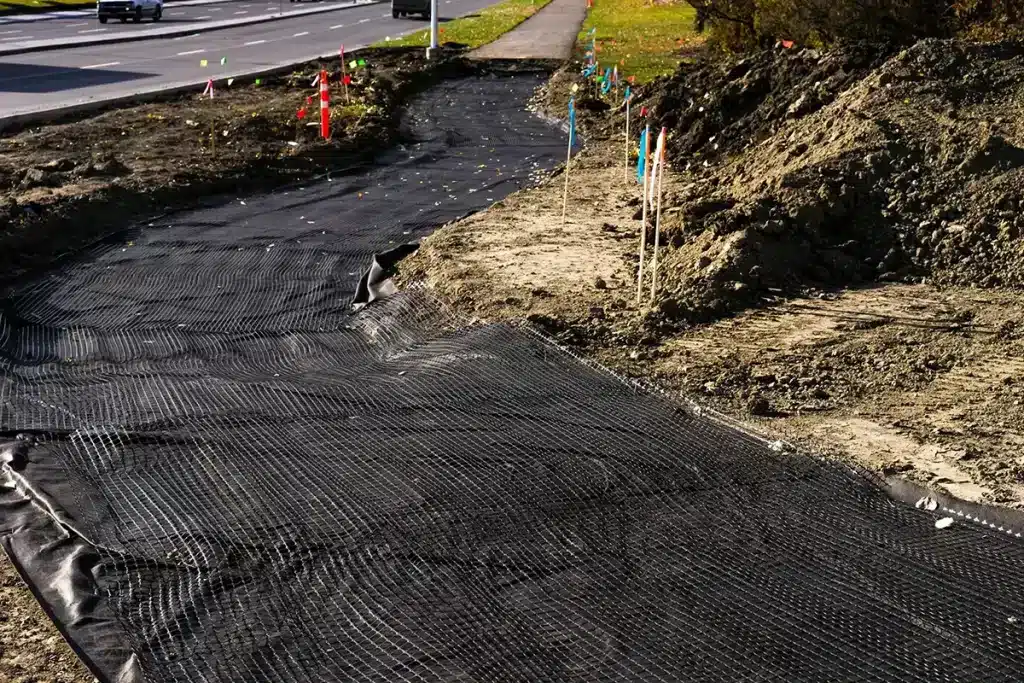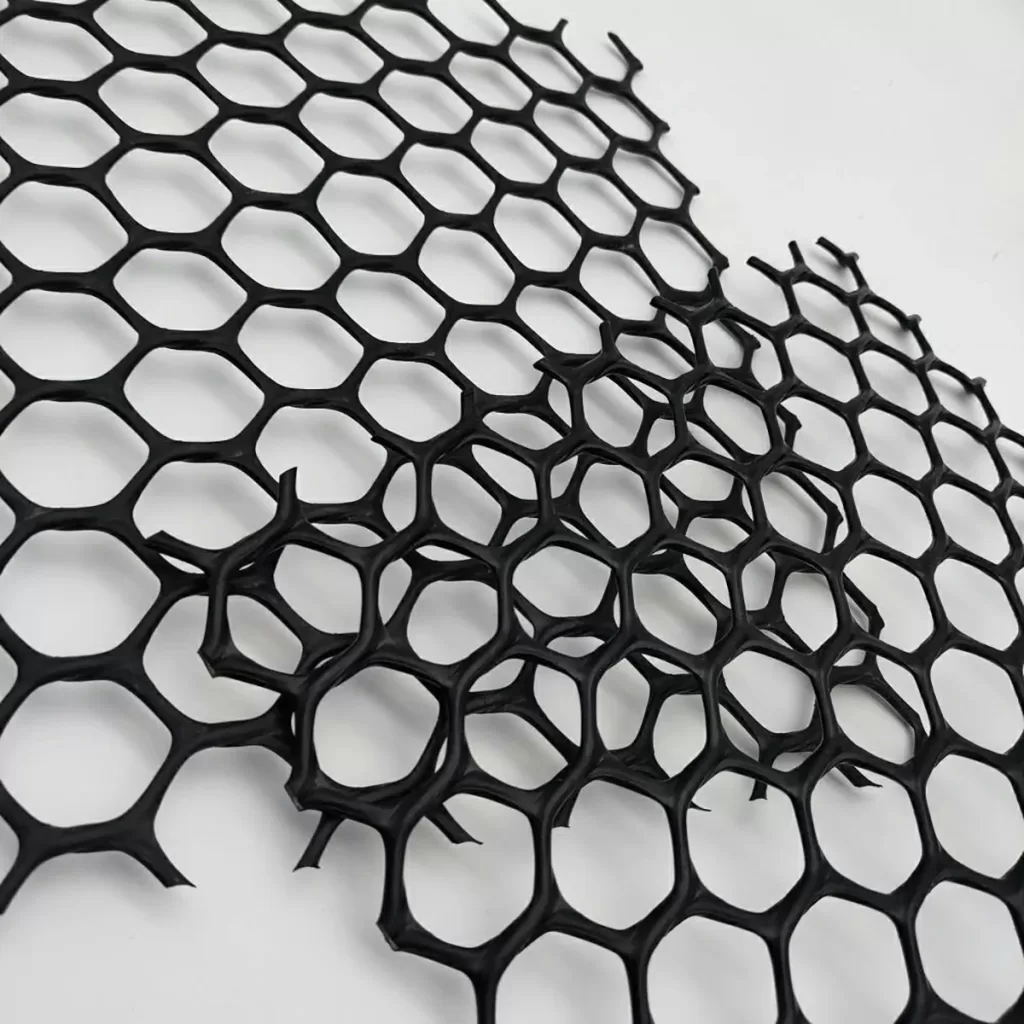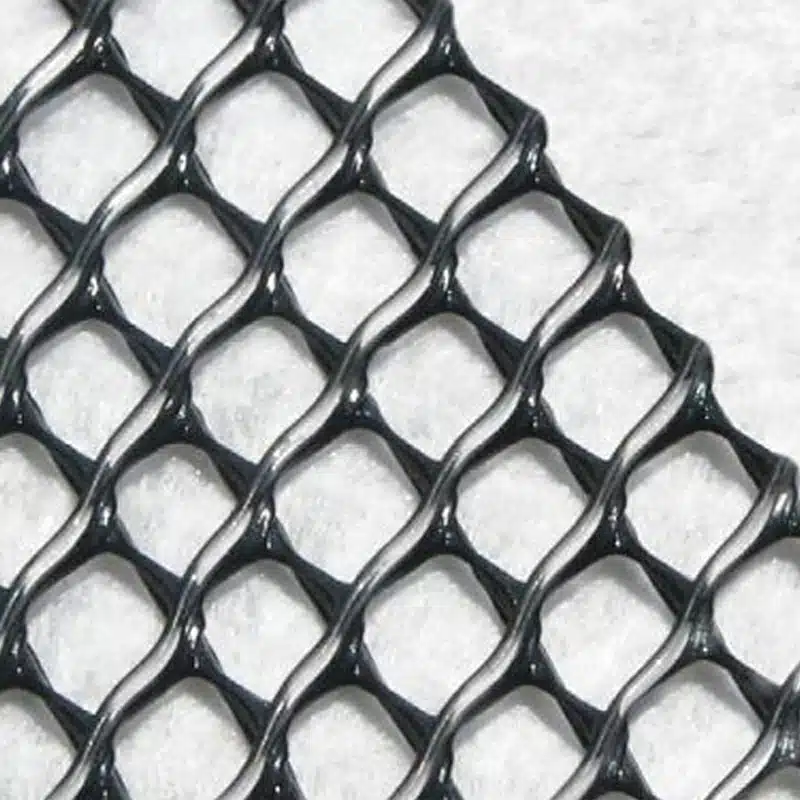+86-159 9860 6917
info@geofantex.com
geofantex@gmail.com
+86-400-8266163-44899
Geonets represent a revolutionary stride in the field of geotechnical engineering, offering robust solutions to some of the most pressing environmental and structural challenges of our times. These geosynthetic materials, characterized by their net-like structure, are engineered to enhance soil stabilization, erosion control, and water management across diverse landscapes. This article aims to unfold the myriad benefits of Geonets, providing insights into their role in promoting sustainability, resilience, and safety in infrastructural and environmental projects worldwide.

What exactly are Geonets, and how do they work?
Geonets are a type of geosynthetic material, designed with an open, net-like structure that allows them to interlock with soil and other materials. They work by providing a reinforced layer that distributes loads evenly, prevents soil erosion, and facilitates efficient drainage, thereby enhancing the stability and longevity of engineering projects. Their flexibility and durability make them an indispensable tool in modern construction, particularly in areas prone to landslides, flooding, or significant erosion.
How do Geonets contribute to environmental sustainability?
Geonets play a pivotal role in environmental sustainability through several mechanisms. Firstly, they are used in erosion control projects to protect soil and prevent loss of vegetation, thereby preserving natural habitats. Secondly, their use in landfill and wastewater treatment projects minimizes environmental pollution. Additionally, because Geonets are made from durable materials, they have a long lifespan, reducing the need for frequent replacements and minimizing waste. Their role in sustainable water management practices also cannot be overstated, as they help in the collection and distribution of rainwater and in the filtration processes.

Can Geonets enhance the safety and resilience of infrastructure?
Absolutely. By reinforcing soil and other foundational materials, Geonets significantly enhance the safety, stability, and resilience of various structures, including roads, railways, embankments, and retaining walls. They are particularly beneficial in areas susceptible to natural disasters such as earthquakes, floods, and landslides, where they can prevent soil displacement and structural damage. Moreover, Geonets contribute to the longevity of infrastructure by mitigating the effects of wear and tear over time, thereby ensuring that constructions are safer and more durable.
Are there any economic benefits associated with using Geonets?
Yes, the economic benefits of using Geonets are notable. Their deployment in construction and environmental projects can lead to significant cost savings in the long run. This is because Geonets reduce the need for expensive traditional materials like concrete and steel, and minimize maintenance and repair costs due to their durability. Additionally, by preventing environmental damage and reducing the risk of structural failures, Geonets can save considerable amounts of money that would otherwise be spent on remediation and reconstruction efforts.
Geonets offer a multifaceted solution to some of the most challenging problems faced by modern society, from environmental degradation to infrastructural instability. By providing a sustainable, resilient, and economically viable alternative to traditional construction and environmental protection methods, Geonets represent a significant advancement in the field of geotechnical engineering. Their widespread adoption could mark a turning point in how we approach the design and maintenance of our physical and natural environments, ensuring a safer, greener, and more stable world for future generations.



Get Free Sample
We’ll respond as soon as possible(within 12 hours)






















